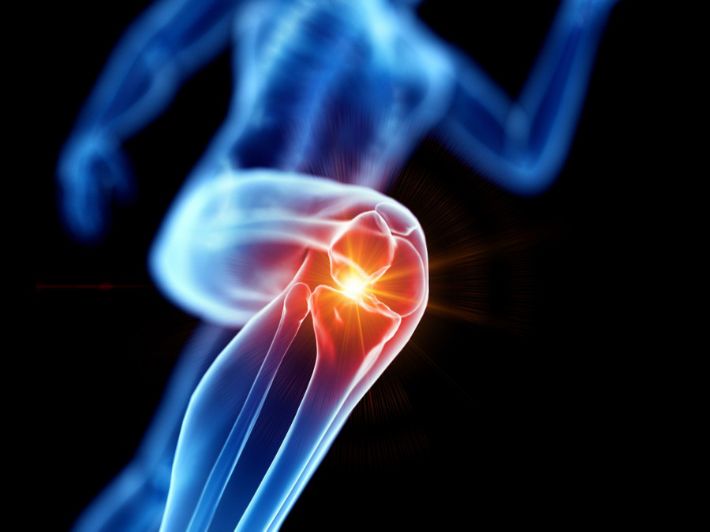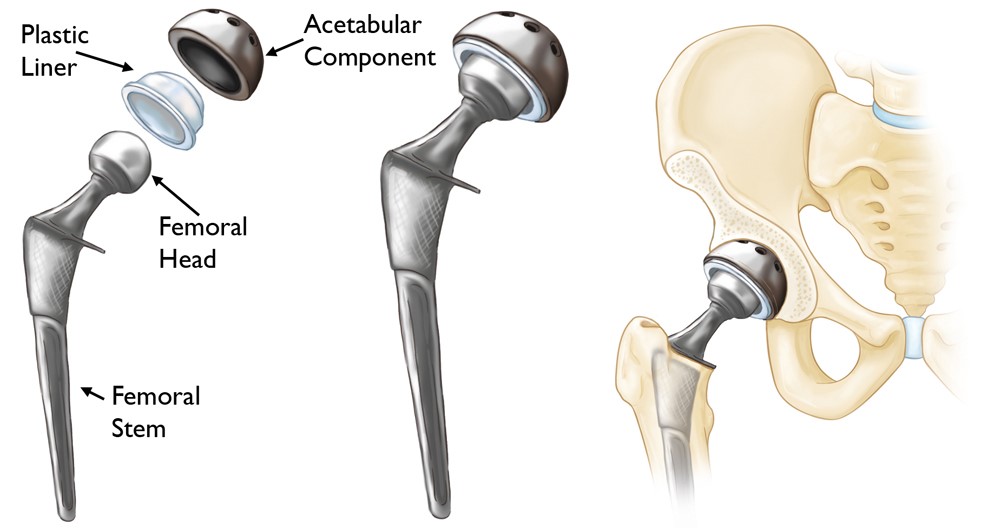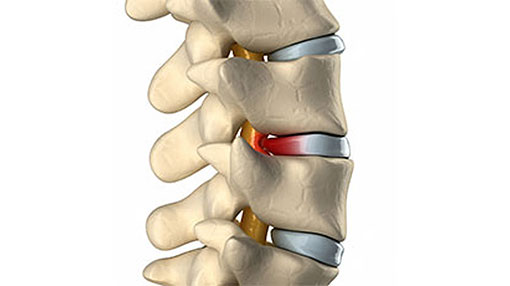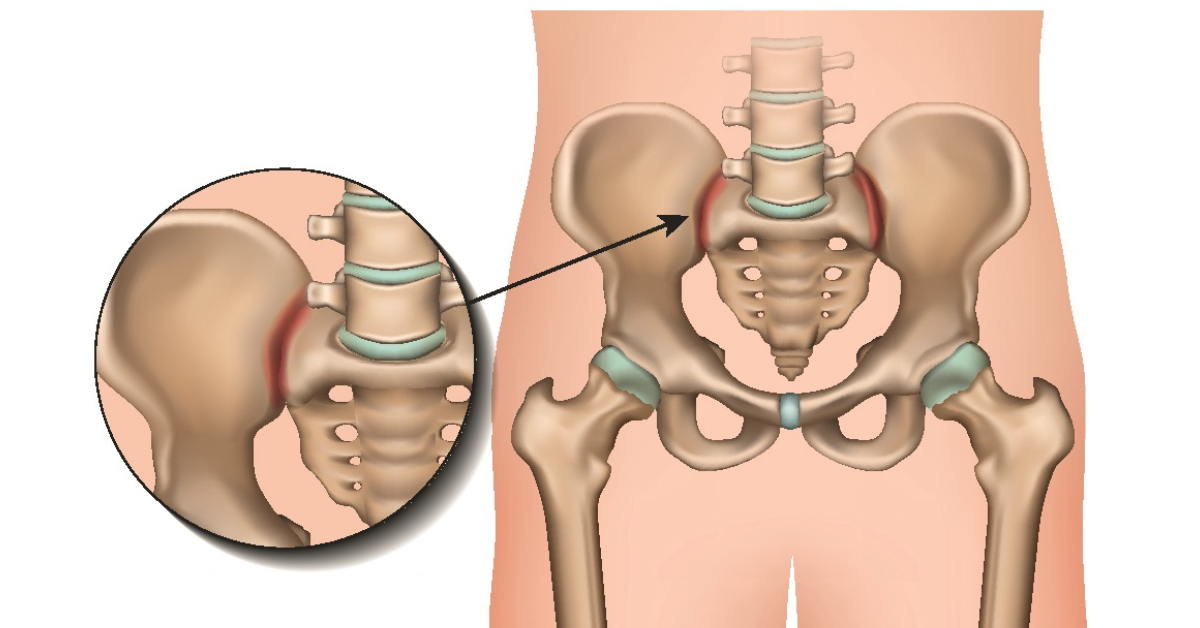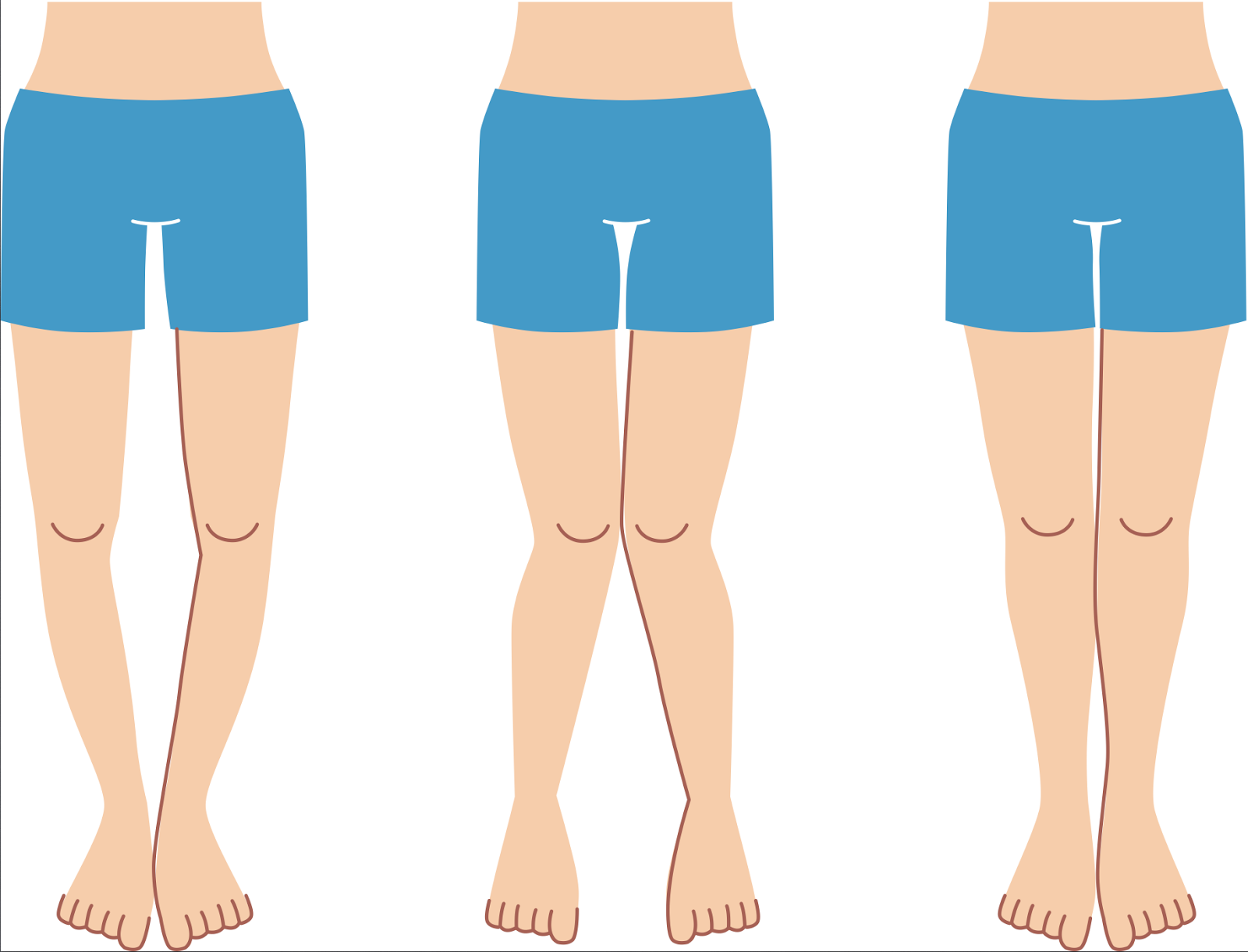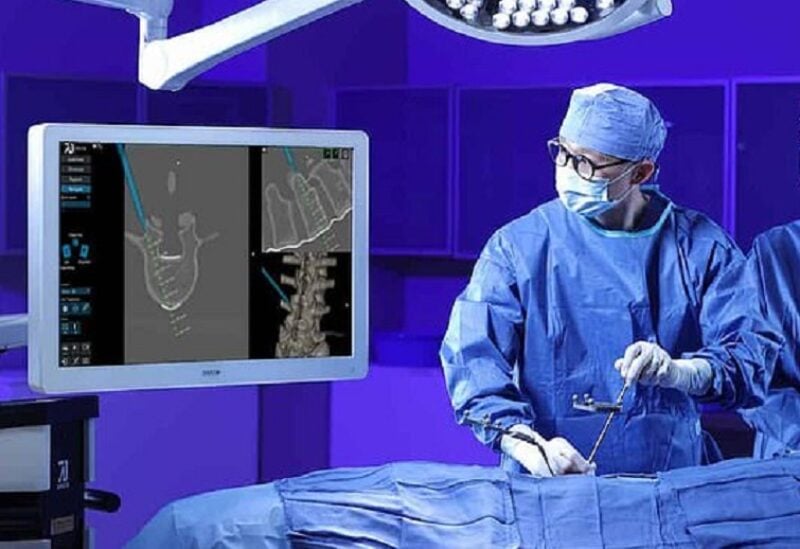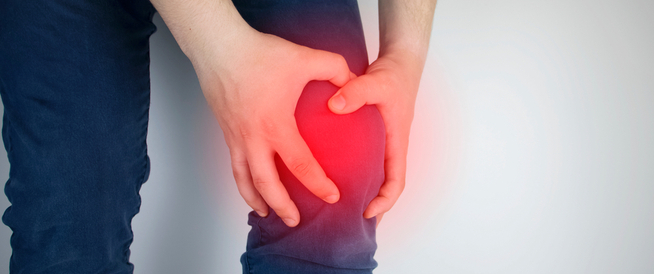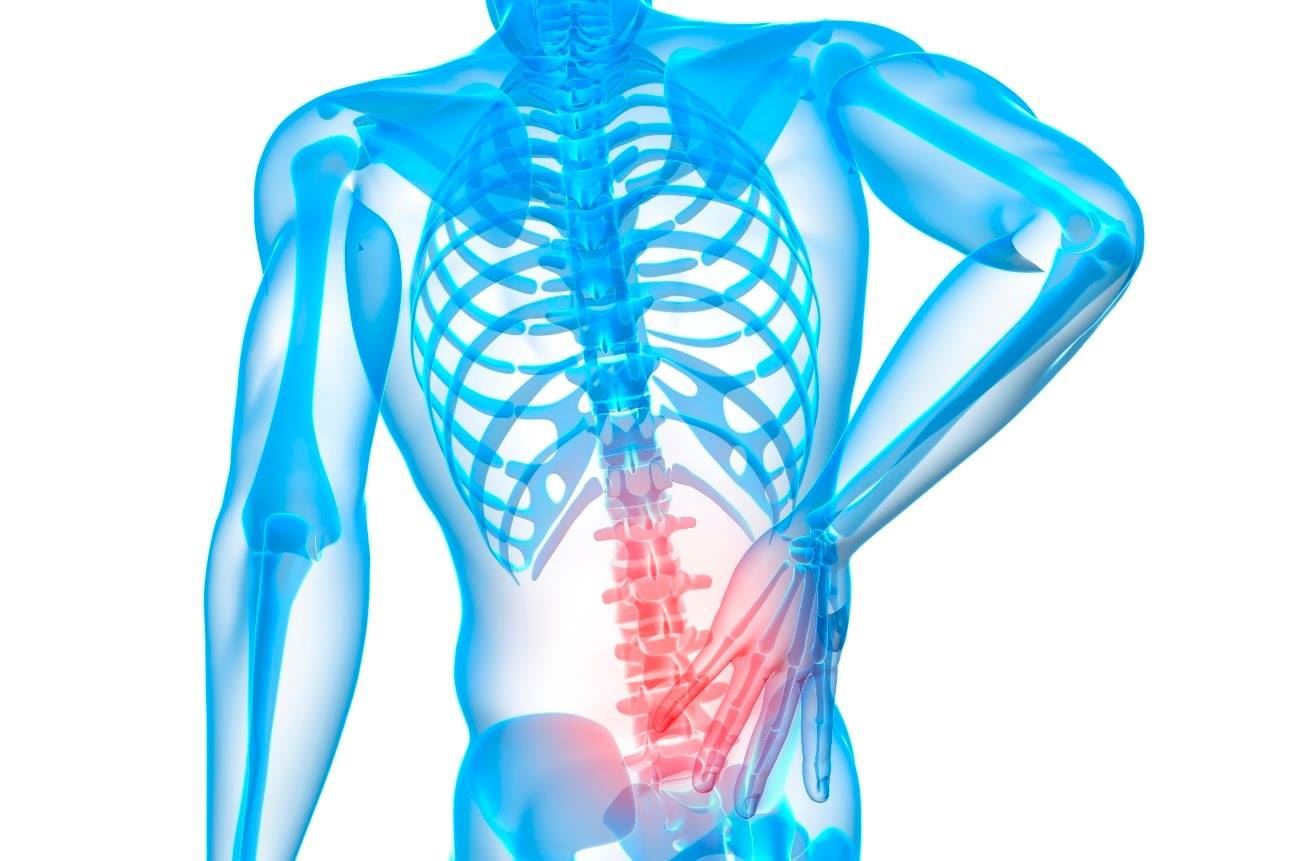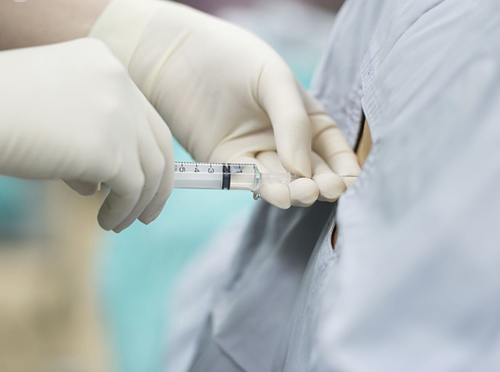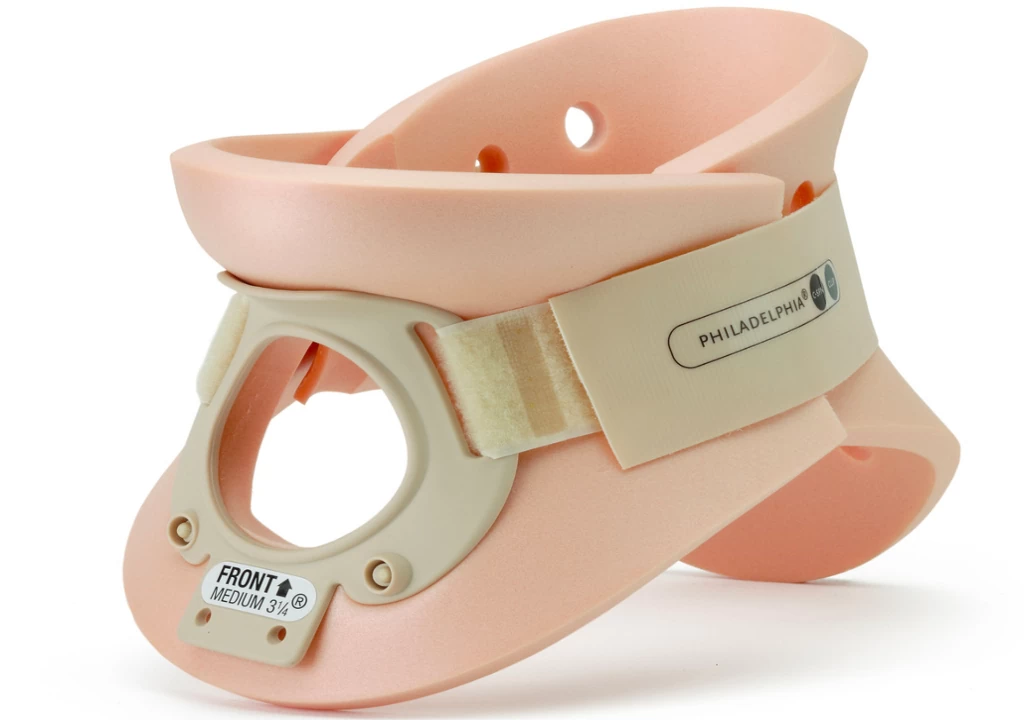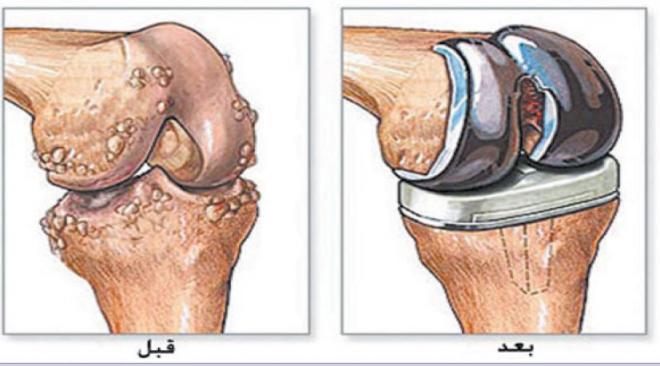Learn about cruciate ligament complications
Immediately after suffering a cruciate ligament injury, the injured person must begin receiving appropriate first aid and follow the treatment prescribed by the doctor to the fullest, in order to avoid serious complications at a later time that may be very harmful. Follow the following article with us to learn more information on this topic.
Cruciate ligament complications
If the cruciate ligament injuries are not treated immediately after exposure, this may cause many complications for individuals, which may be dangerous in most cases, as neglecting this injury causes a cut in the meniscus cartilage and roughness in the knee joint and undergoing the cruciate ligament operation reduces the chance of these complications and may prevent them completely.
In addition, there are many risks that the individual is exposed to when the cruciate ligament is cut, and they differ according to the area that has been damaged, such as the following:
The harm of the anterior cruciate ligament cut
- Exposure to osteoarthritis in the knee area.
- This injury is often the cause of arthritis.
The harm of the posterior cruciate ligament injury
- This may result in damage to some of the other structures of the knee such as the cartilage and ligaments.
- The intense pain that an individual may feel and make him uncomfortable.
- The affected knee develops arthritis over time.
The harm of the cruciate ligament rapture between the anterior and posterior
- Swelling occurred in the affected knee during the first hours of exposure due to the accumulation of fluid in the knee area.
- The presence of severe pain affects the individual in his knee, which may make him unable to carry out his activities normally at all.
- Inability to bend the knee as normal and loss of control of the knee joint.
- The knee becomes too flexible, which hinders the individual’s ability to walk.
- Feeling of heat emanating from the injury area.
- A popping sound immediately after an injury in the knee area.
Can cruciate ligament severance be treated without surgery?
The cruciate ligament tear can be treated without surgery if it is simple or partial, which makes the focus at that stage based on how to reduce the severity of pain and swelling associated with the injury, and with time the individual’s condition improves significantly. As for surgical intervention, it is necessary in the case of complete cutting in order for the ligament to be replaced during the operation to ensure that the individual’s condition improves as before, and some procedures can be followed in the case of treatment without surgery, for example:
- Apply ice packs to the affected area daily for 20 minutes at a time and repeat throughout the day.
- Take enough rest and avoid any activities that require pressure on the knee joint or high physical effort.
- When sitting or relaxing, be careful to raise the affected leg above the rest of the body.
- Use a knee brace to stabilize it and limit its movement so as not to suffer any serious complications.
- Follow the rehabilitation program recommended by the doctor according to the severity of the injury, under the supervision of a specialist in physical therapy.
Non-surgical intervention is preferred if the injured person is old or practices a light profession that does not require much effort. Here, coping with the injury is possible, but if the injured person is an athlete or performs a profession that requires high physical health, in which case doctors advise surgical intervention in order for the individual to regain full muscle strength and be able to move the knee joint very effectively in the future.
When do I walk after the cruciate ligament operation?
The patient can walk after the cruciate ligament operation for at least a day or two, making sure that it is only for a very few minutes with the help of a crutch or leaning on a person to completely prevent the load on the knee joint, as doing so makes the muscles gradually regain their strength and makes them more flexible, and when two or four weeks have passed, the individual will be able to walk on his own without the need for any support.
Posterior cruciate ligament physical therapy
When suffering an injury to the posterior cruciate ligament, there is no need for surgical intervention, especially if the cut is partial or of the first or second degree, and the physiotherapy method is followed in order to recover well, and the treatment, in that case, consists of some habits that the individual performs, such as cold compresses or specific exercises that he performs under medical supervision in order to strengthen the muscles and increase their flexibility.
Walking on physical therapy and a good rehabilitation program is sufficient to help the individual recover well, but despite that, we may need surgical intervention in many cases, including:
- When a cut occurs in one of the other ligaments of the knee.
- In the event of a cut in the meniscus, immediate surgery is required.
- If the injured person usually practices a sport that requires intense physical effort.
- When an individual suffers from a fracture of the tibia.
- If the individual is unable to balance well or control the movements of his knee.


